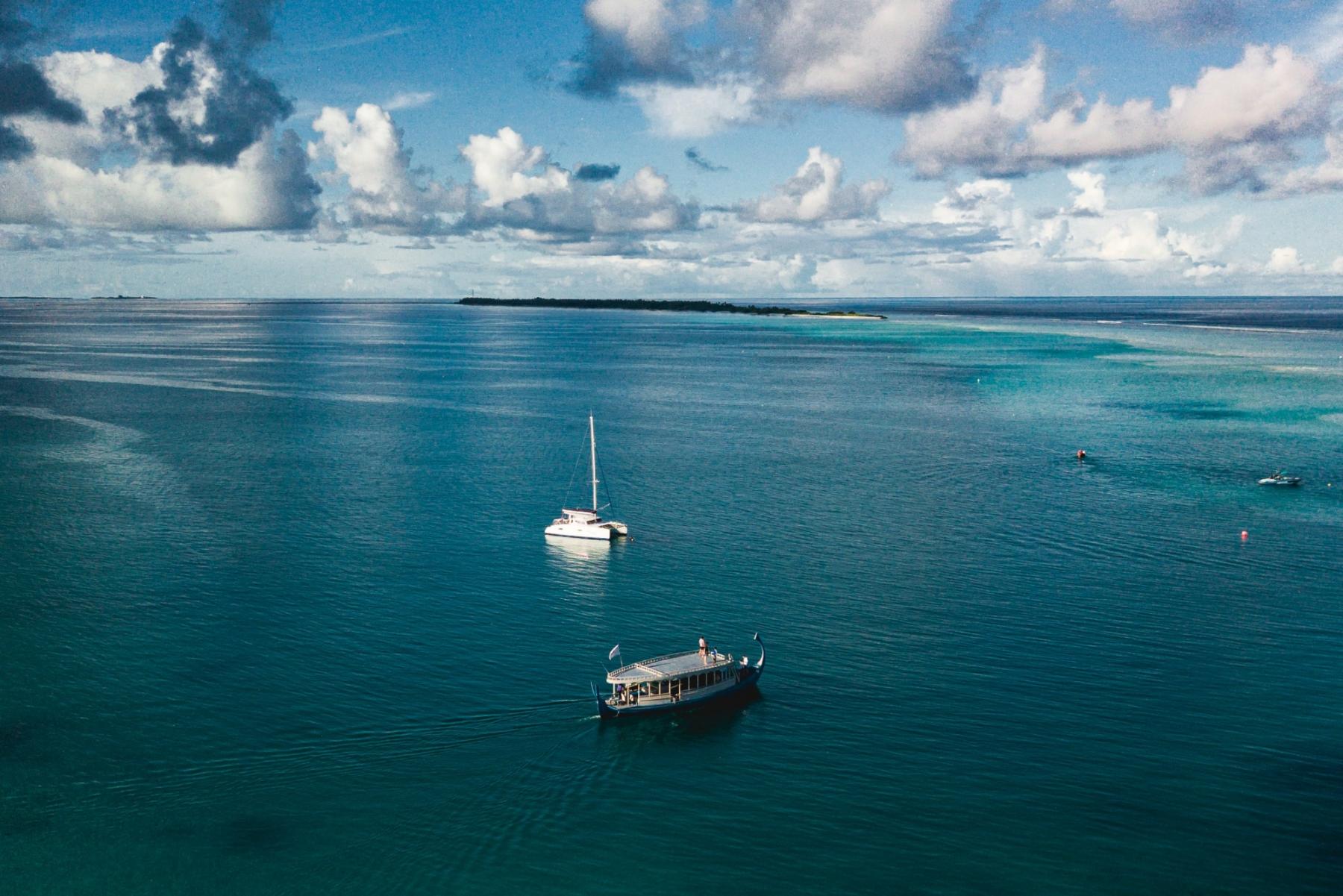
What is sailing yacht. The beginner's guide to types and purposes of yachting boats
On your way to a yacht club you’ll likely ask yourself a question: on what vessel am I going to set sail?
The same question usually pops up when you are choosing a yacht for some charter and especially when the time comes to buy your own boat. You should figure out not only what classes of sailing yachts are on the market but also what class best suits your needs.
In this short guide for beginners in sailing, we explain the main types and purposes of yachting boats.
Defenition of sailing yacht
The first yachts developed from small high-speed vessels for people transportation, courier delivery and cargo shipping. Dutch shipyards began a large-scale construction of leisure sailing boats starting from the late 16th century. Naturally, the demand was primarily provided by royal figures and the court.
In 1826, the first sailing regatta Cowes Week took place under the patronage of King George IV. The competitions were held on fore-and-aft schooners and tenders. Curiously enough, the king took up yachting much earlier, when he was still the Prince Regent.
Unlike the first papyrus sailing boats of the Ancient Egyptians, which had one square sail, a present-day yacht normally has three sails:
- A mainsail is a big sail which is attached to a mast
- A jib sail is a smaller sail which is attached to a stay (a rope holding the mast in front)
- A spinnaker (a gennaker) is an additional light sail of a larger area, raised when tailwinds exist

Muhammadh Saamy / Unsplash
Types of sailing yachts
All sailing boats can be divided into several types based on three parameters: number of sails or hulls (1), the method principle of stability maintenance — the ability of a vessel to maintain or quickly restore its balance (2), as well as its rigging — the whole of the sailing vessel gear: its sails, masts-and-spars and ropes (3).
In terms of the number of sails (hulls), there can be:
- Monohull boats or single-hull: sunfish and others
- Boats with two hulls and more: catamarans, trimarans
Multihull boats are faster than monohull ones. Additionally, they are more stable up to a certain angle of heel, but when that is reached the capsizing is inevitable and its ramifications are far more serious.
In terms of the method of stability maintenance all single-hull boats can be broken down into:
- Centerboard boats. These have a light lifting fin. Its main purpose is hydrodynamic. The stability of a centerboarder is maintained by relocating the entire crew weight. As a result, overturning this yacht is a cakewalk.
- Keelboats. These have a false keel (a heavy lead or cast iron ballast keel to maintain stability). The worst thing that can happen to a keelboat is when it has its sails on the water. After that it will quickly restore its initial position.
- Compromise boats. In this case the additional ballast is located within the hull, while the heavy centre board contributes to increased stability. It is more difficult to topple a compromise boat, yet it is not altogether immune to capsizing.
In term of rigging:
- Bermuda sloop: cruisers, passenger cruise yachts
- Single-sail cat boat is particularly popular among single-handed centerboards: Zoom 8, Laser, Finn
Purposes of sailing yachts
The world of sailing is extremely diverse. Every yachtsman and yachtswoman can find a boat matching most extravagant requirements or have it made to order.
All yachts can be divided into the following groups in terms of their purpose:
- Racing sport yachts that are made exclusively for regattas, for example Olympic classes
- Cruise boats for coastal sailing, which do not require high crew qualification
- Cruisers, i.e. boats that are capable of withstanding long-range autonomous passages while providing the crew with sufficient comfort
- Cruising and racing yachts with a full-fledged passenger rooms and oftentimes high speeds
This post was originally published in the Windy.app blog on August 2, 2019.
Text: Windy.app team. Ivan Kuznetsov, an outdoor writer from the Dolomites, Italy, and Karelia, Finland, contributed to this article
Cover photo: Manoj Kulkarni / Unsplash
You will also find useful
Nautical charts — an essential navigational tool for sailors and marine fishermen
The complese guide on yachting schools and licenses
Validity of yacht licenses in various countries of the world
Sailing regattas for experienced yachtsmen and yachtswomen
Latest News
Professional Weather App
Get a detailed online 10 day weather forecast, live worldwide wind map and local weather reports from the most accurate weather models.
Compare spot conditions, ask locals in the app chat, discover meteo lessons, and share your experience in our Windy.app Community.
Be sure with Windy.app.



